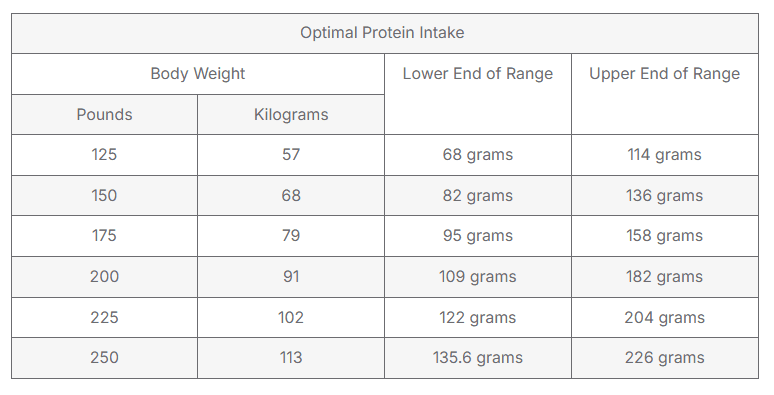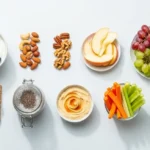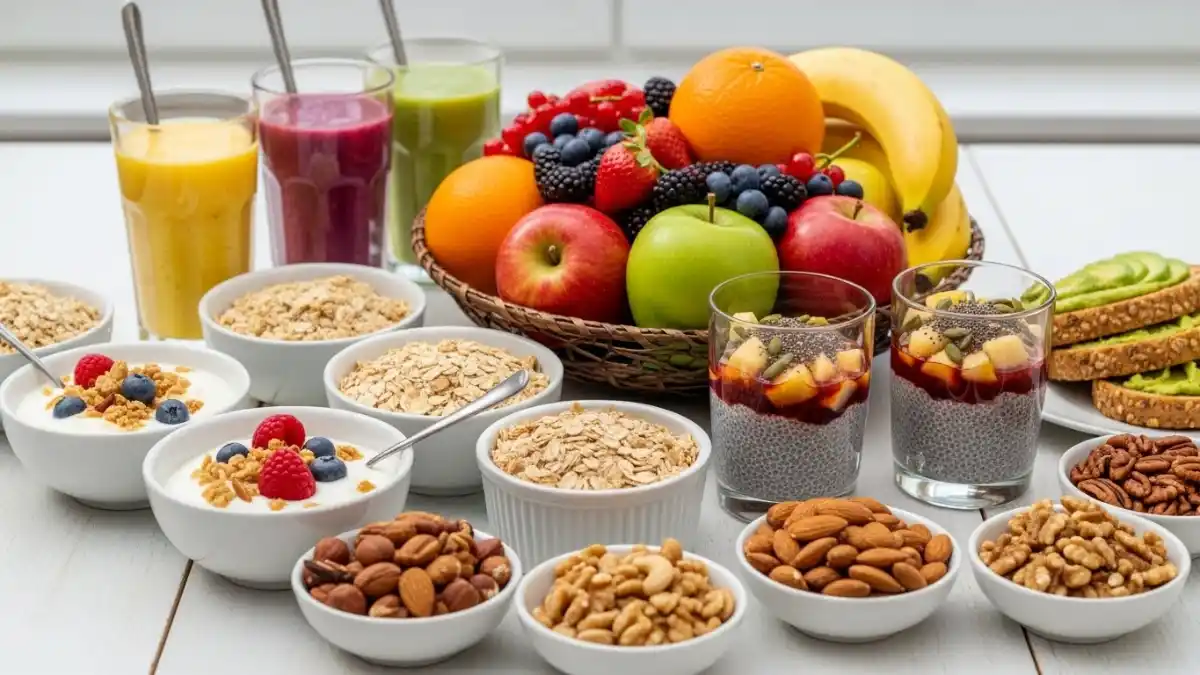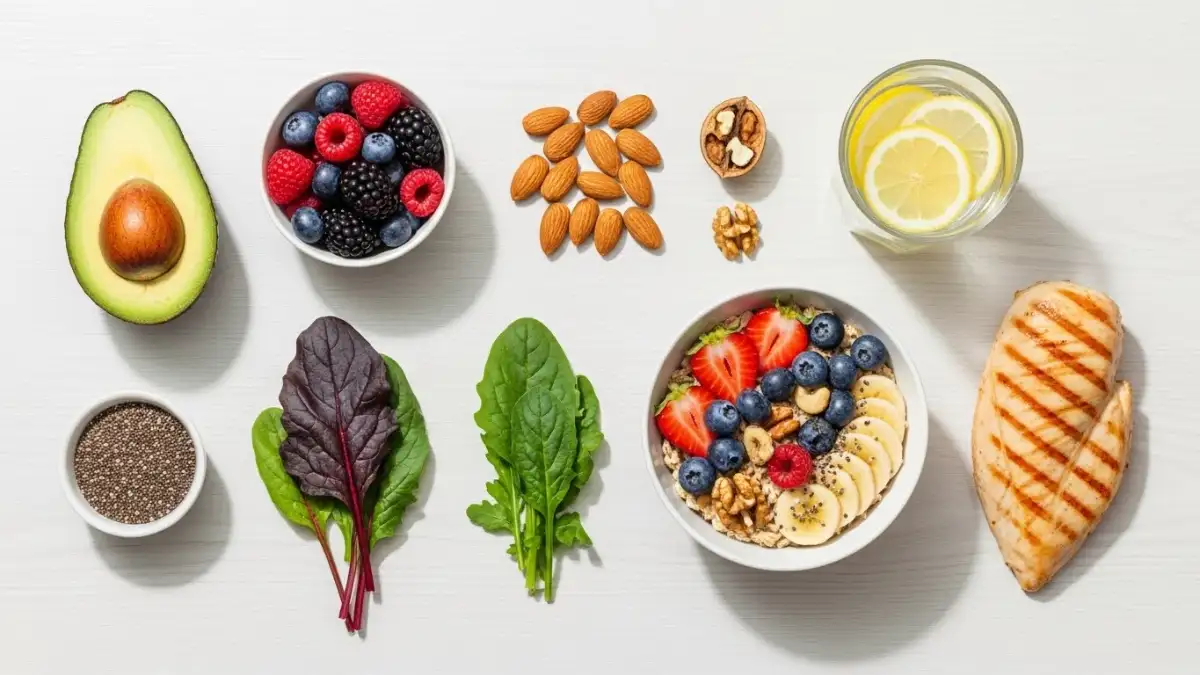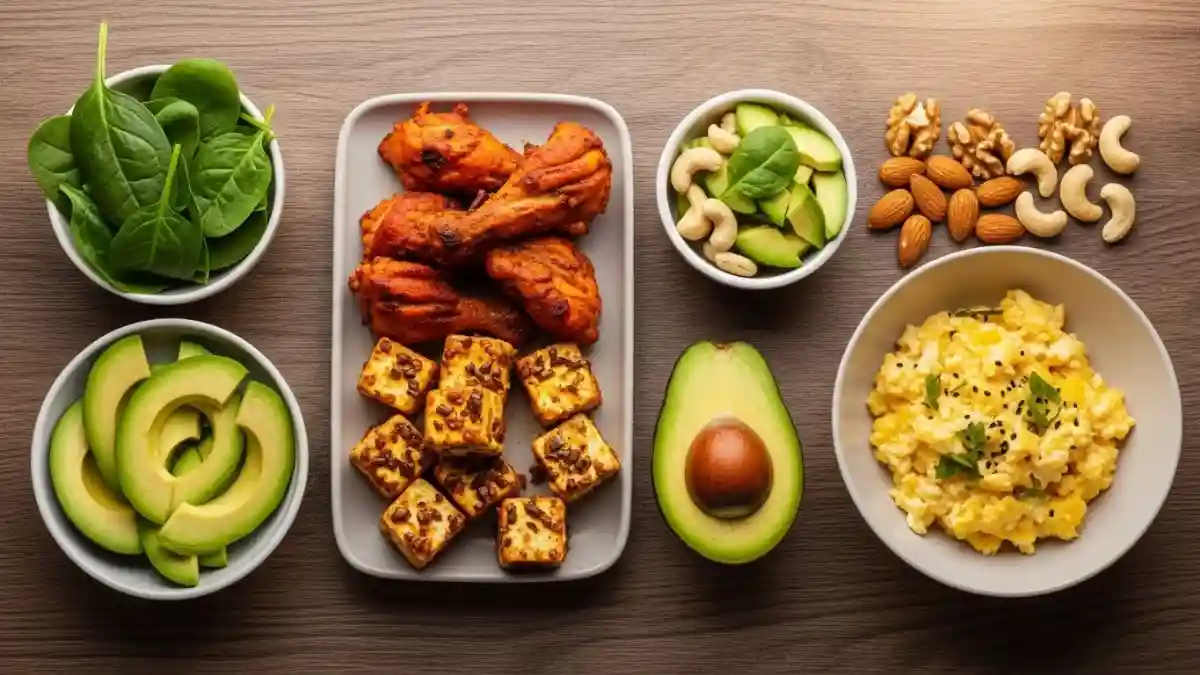Protein Absorption: What Does It Mean?
Ever wonder if your body is actually using all the protein you eat? Just eating protein-rich foods isn’t enough — it’s about how well your body it. In the U.S., where protein shakes and high-protein diets are everywhere, understanding absorption is key to building real muscle, boosting energy, and avoiding waste. This guide breaks it down simply — No science degree needed. This article will explain in simple words how protein absorption really works — and why it matters for your health.
Ask the Dietitian: How Much Protein do i Need ?
Protein isn’t just for bodybuilders — it’s essential for everyone, from busy parents to office workers, athletes to retirees. In the U.S., where fast food and processed snacks dominate our diets, many people either overestimate or underestimate their protein needs. But getting the right amount of protein can boost your energy, help you lose fat (not muscle), and keep you feeling full longer. Whether you’re aiming for weight loss, muscle gain, or just better health, protein plays a key role. Still, the exact amount you need depends on your lifestyle, age, and goals. So how do you figure it out? In this article, we break down the science in a simple way. You’ll learn how much protein you really need, what sources are best, and how to make smart choices daily. Let’s uncover the truth about protein—because your health deserves better than guesswork.
How Protein Is Digested and Absorbed
- Breakdown in the Stomach:
Digestion begins in the stomach, where enzymes like pepsin and stomach acid break down protein into smaller chains of amino acids. - Further Breakdown in the Small Intestine:
Enzymes from the pancreas, such as trypsin, further break down these chains into individual amino acids or small peptides. - Absorption into the Bloodstream:
The amino acids are absorbed through the walls of the small intestine and transported via the bloodstream to tissues that need them.
How Much Protein Can the Body Use at Once?
Research suggests that the body can efficiently use around 20-30 grams of protein per meal for muscle protein synthesis (MPS). This is the process by which muscles repair and grow after exercise.
Consuming more than this doesn’t mean the excess protein is wasted. Instead, it may be:
- Used for other bodily functions, such as enzyme or hormone production.
- Converted to glucose through gluconeogenesis and used as an energy source.
- Stored as fat if consumed in large excess over caloric needs.
Factors Influencing Protein Absorption and Utilization
- Protein Source:
High-quality proteins (like eggs, chicken, fish, and dairy) have a complete amino acid profile and are absorbed more efficiently than lower-quality proteins. Plant-based proteins may require complementary foods for optimal utilization. - Meal Composition:
Including fats or carbohydrates in a meal slows digestion, allowing for better absorption and utilization of protein. - Digestive Health:
Conditions like irritable bowel syndrome (IBS) or insufficient enzyme production can impair protein absorption. - Age and Activity Level:
- Older adults may require higher protein intake due to reduced efficiency in muscle protein synthesis.
- Athletes and those with high physical activity levels often need more protein to support muscle repair and growth.
Protein Absorption rate chart
- Spread Protein Across Meals:
Instead of consuming a large amount of protein in one sitting, spread your intake evenly throughout the day. Aim for 20-30 grams per meal to maximize muscle protein synthesis. - Choose High-Quality Sources:
Incorporate lean meats, fish, eggs, dairy, legumes, nuts, seeds, and soy products. - Tailor Protein to Your Goals:
- For general health: 0.8 grams of protein per kilogram of body weight per day is recommended.
- For muscle building or weight loss: 1.2–2.0 grams per kilogram is more appropriate.
- Include Protein Post-Workout:
Consuming protein after exercise supports muscle recovery. A combination of protein and carbohydrates is ideal.
How can I get 35 grams of protein in a meal?
Breakfast
- Egg and Turkey Omelette
- 4 large eggs (28 g protein)
- 2 slices of turkey breast (7 g protein)
- Sautéed spinach and mushrooms (optional, low protein)
- Total: 35 g protein
- Greek Yogurt Parfait
- 1 cup (240 g) non-fat Greek yogurt (20 g protein)
- 1/4 cup granola (3 g protein)
- 2 tablespoons almond butter (6 g protein)
- 1/4 cup mixed nuts (6 g protein)
- Total: 35 g protein
Lunch
- Grilled Chicken Salad
- 5 oz (140 g) grilled chicken breast (35 g protein)
- Mixed greens, tomatoes, cucumbers, and vinaigrette (optional, low protein)
- Total: 35 g protein
- Tuna Salad Wrap
- 1 can (5 oz) of tuna in water (30 g protein)
- 1 whole-grain tortilla (5 g protein)
- Add lettuce, tomatoes, and avocado (optional, low protein)
- Total: 35 g protein
Dinner
- Baked Salmon with Quinoa
- 5 oz (140 g) baked salmon (35 g protein)
- 1/2 cup cooked quinoa (4 g protein)
- Steamed broccoli and lemon (optional, low protein)
- Total: 39 g protein
- Tofu Stir-Fry
- 1 cup (150 g) extra-firm tofu (20 g protein)
- 1/2 cup cooked edamame (8 g protein)
- 1/2 cup brown rice (3 g protein)
- Mixed vegetables (optional, low protein)
- Total: 31 g protein
Snacks or Light Meals
- Protein Smoothie
- 1 scoop whey protein powder (25 g protein)
- 1 cup almond milk (1 g protein)
- 1 tablespoon peanut butter (4 g protein)
- 1/2 banana (optional, low protein)
- Total: 30 g protein
- Cottage Cheese and Crackers
- 1 cup (200 g) low-fat cottage cheese (28 g protein)
- 6 whole-grain crackers (3 g protein)
- Sliced cucumber or cherry tomatoes (optional, low protein)
- Total: 31 g protein
Tips for Adjusting Protein
- To increase protein, add more of the main protein source or include high-protein sides like beans, cheese, or seeds.
- For lower-calorie meals, choose lean proteins like chicken, turkey, or fish, and reduce high-fat additions like nuts or oils.
Common Myths About Protein Absorption
- “The body can only absorb 30 grams of protein per meal.”
This is a misconception. While MPS may cap around 30 grams, the body absorbs and uses the remaining protein for other essential processes. - “Excess protein damages the kidneys.”
For healthy individuals, high protein intake does not harm the kidneys. However, those with pre-existing kidney conditions should consult a healthcare provider.
Signs You’re Not Getting Enough Protein
Not consuming enough protein ( protein deficiency test, Protein deficiency symptoms in adults )can lead to:
-
- Muscle loss
- Fatigue
- Slow wound healing
- Weakened immune function
- Swelling
- Skin Problems
- Hair Loss and Brittle Nails
Final Thoughts
The body is highly efficient at absorbing and utilizing protein, but the amount that benefits muscle building or repair depends on individual factors like age, activity level, and overall health. For most people, focusing on high-quality protein sources and spreading intake throughout the day will help maximize its benefits.
If you have specific dietary needs or health concerns, consider consulting with a registered dietitian to create a tailored plan.


